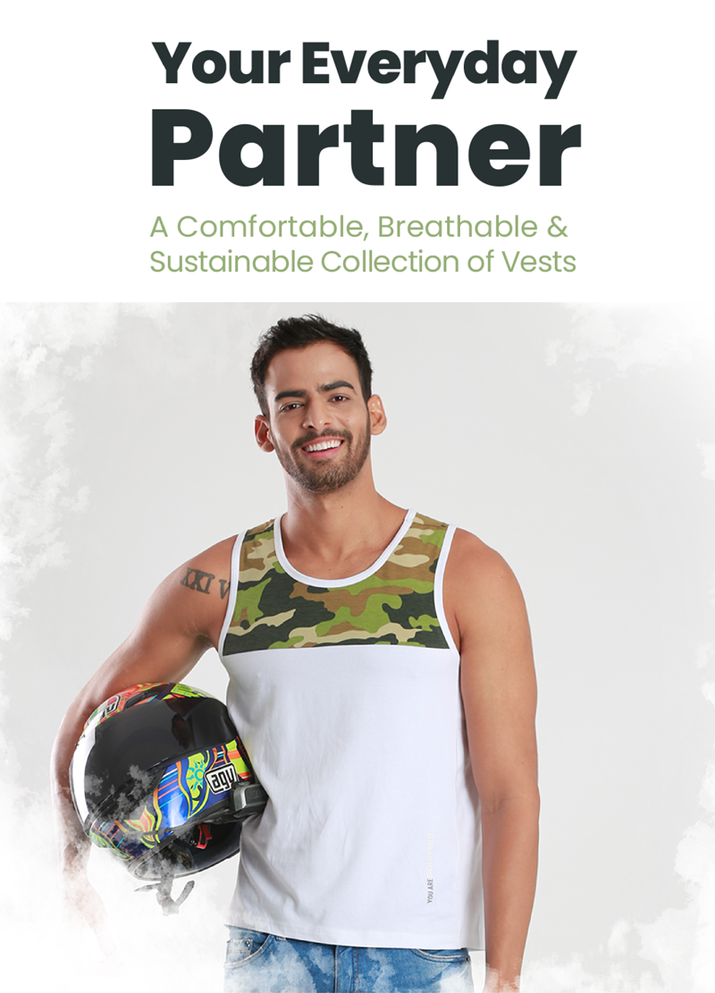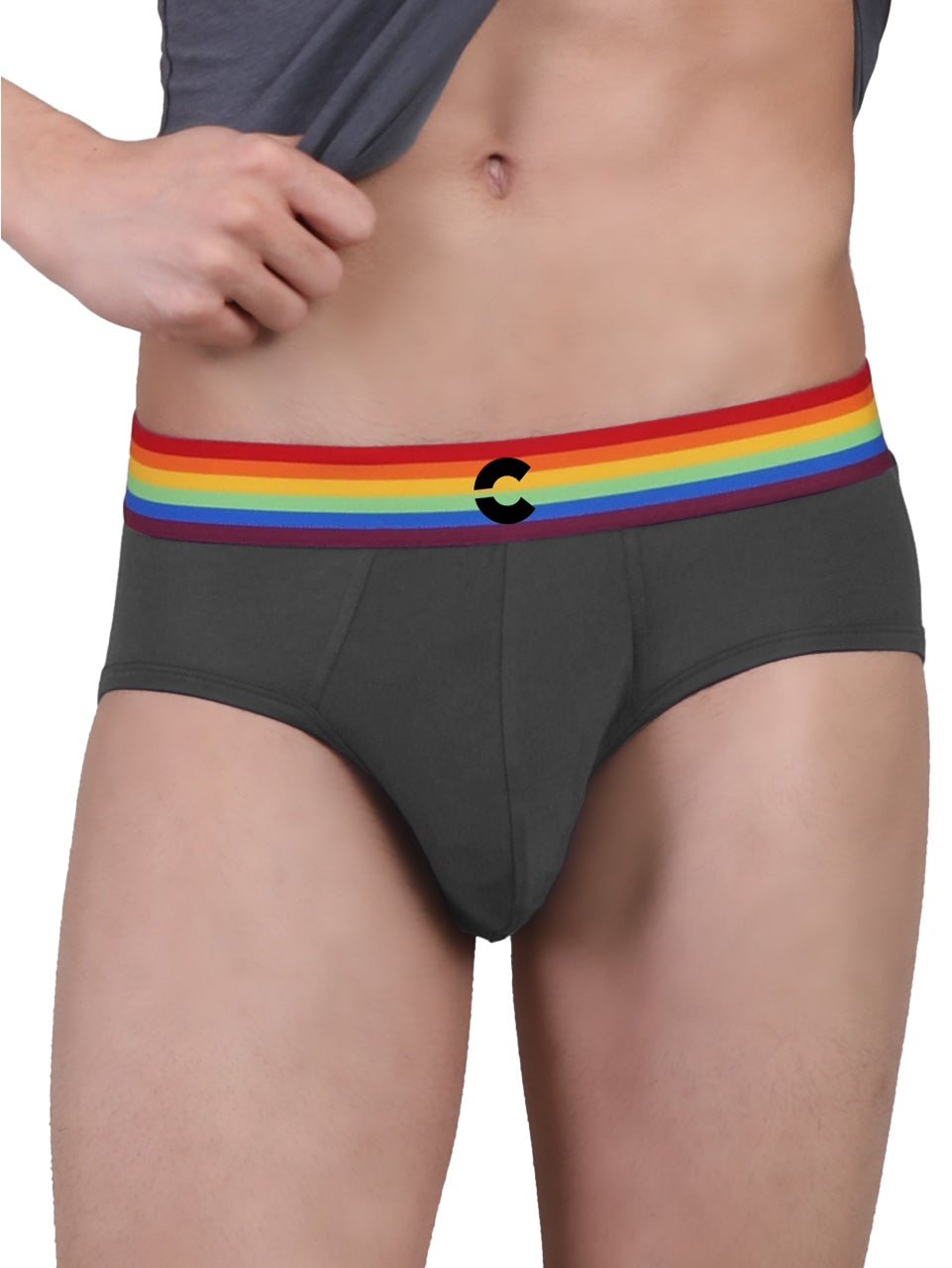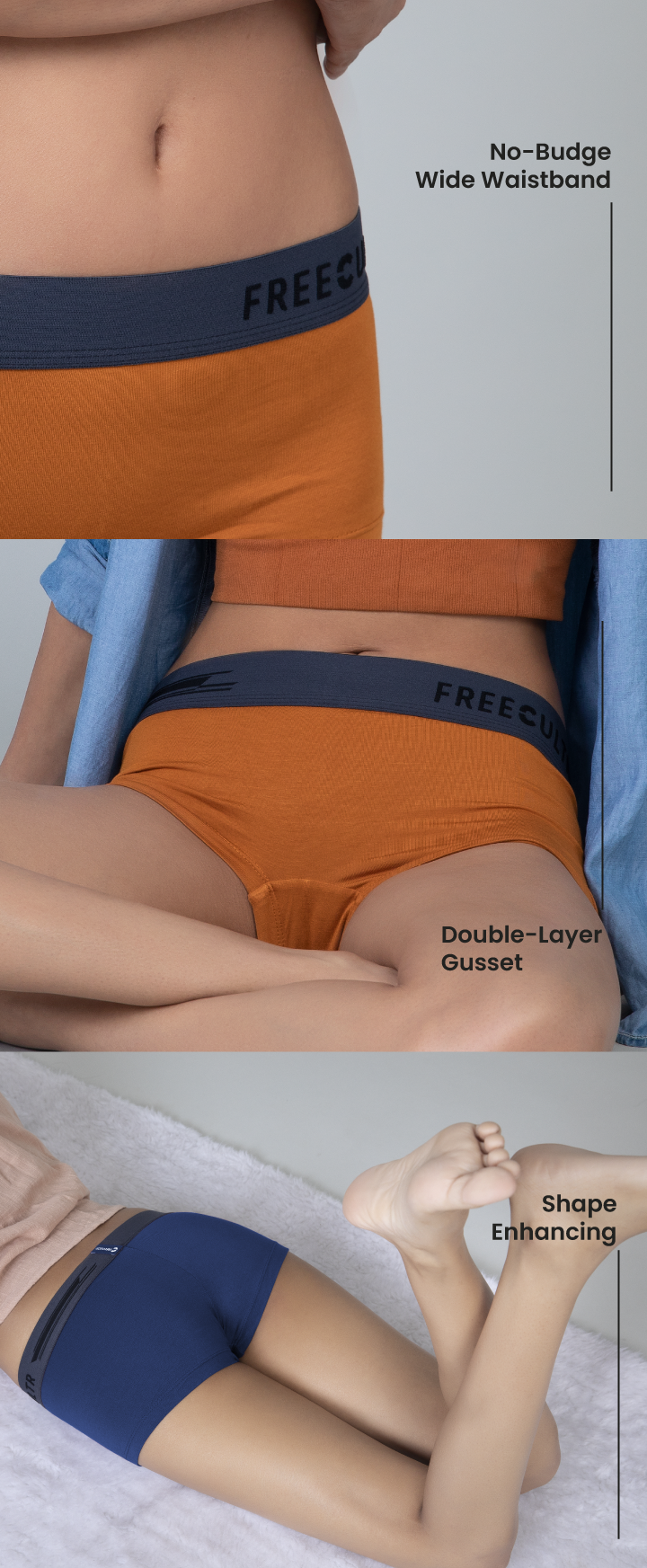The fitness world buzzes with innovations promising to amplify your workout. Weighted vests are no exception. But the choices are vast, boiling down to a fundamental question: Do you prioritize unrestricted movement with a sleek, 'active' vest, or embrace the plush feel and potentially heavier load of a 'comfort' vest? This isn't just about aesthetics; it's about maximizing performance while minimizing injury risk. We'll dissect the critical differences in design, weight distribution, breathability. Range of motion, considering how these factors impact exercises like plyometrics, calisthenics. Even long-distance running. Get ready to explore the nuanced world of weighted vests and discover which style truly aligns with your fitness goals.

Understanding Active Vests
Active vests are designed to enhance your workout by adding resistance, typically through strategically placed weights. These vests are often adjustable, allowing users to customize the intensity of their training. They are popular among athletes and fitness enthusiasts looking to increase strength, endurance. Overall performance. The core principle behind active vests is progressive overload, a fundamental concept in strength training where you gradually increase the stress placed on your muscles.
- Weight Distribution: Critical for balance and preventing injury.
- Adjustability: Enables customized weight increments for progressive overload.
- Material: Should be breathable and durable to withstand rigorous workouts.
Defining Comfort Vests
Comfort vests, on the other hand, prioritize comfort and relaxation. These vests often utilize features like cooling technology, compression fabrics, or integrated massage elements to promote recovery and reduce muscle soreness. While they may offer some level of support, their primary focus is on providing a soothing and comfortable experience, rather than actively challenging the body. They are a great addition to your wardrobe, especially when wanting to keep up with the latest fashion trends.
- Cooling Technology: Uses evaporative cooling or phase change materials to regulate body temperature.
- Compression: Provides gentle pressure to improve circulation and reduce muscle fatigue.
- Massage Elements: Incorporates vibration or pressure points for muscle relaxation.
Key Differences: Active vs. Comfort Vests
The fundamental difference lies in their intended purpose. Active vests aim to increase workout intensity, while comfort vests focus on recovery and relaxation. This difference manifests in several key aspects, including weight, materials. Features.
| Feature | Active Vest | Comfort Vest |
|---|---|---|
| Weight | Weighted (adjustable) | Lightweight (minimal weight) |
| Material | Durable, Breathable | Soft, Comfortable |
| Primary Function | Increase Workout Intensity | Promote Recovery & Relaxation |
| Common Features | Adjustable Straps, Secure Fit | Cooling, Compression, Massage |
Active Vests: Applications and Benefits
Active vests are commonly used in various training modalities to enhance performance. Here are some real-world applications and benefits:
- Running: Increases cardiovascular challenge and strengthens leg muscles. A study published in the "Journal of Strength and Conditioning Research" found that weighted vest training improved running economy in trained distance runners.
- Calisthenics: Adds resistance to bodyweight exercises, making them more challenging.
- Strength Training: Can be used during squats, lunges. Other exercises to increase muscle activation and strength gains.
- CrossFit: Used in WODs (Workout of the Day) to increase intensity and build endurance.
Personal Anecdote: As a fitness enthusiast, I've personally used active vests during my calisthenics workouts. Adding just 10-15 pounds significantly increased the difficulty of exercises like push-ups and pull-ups, leading to noticeable strength gains over time.
Comfort Vests: Applications and Benefits
Comfort vests are designed for relaxation and recovery. They are beneficial for individuals seeking stress relief, muscle soreness reduction, or improved sleep quality.
- Post-Workout Recovery: Cooling and compression vests can reduce inflammation and muscle soreness after intense workouts.
- Stress Reduction: Weighted comfort vests provide a sense of security and calm, which can be beneficial for individuals with anxiety or sensory processing issues.
- Improved Sleep: Some users find that wearing a comfort vest before bed helps them relax and fall asleep more easily.
- Medical Applications: Comfort vests are sometimes used in therapeutic settings to help children with autism or sensory sensitivities.
Choosing the Right Vest for Your Needs
The "best" vest depends entirely on your individual goals and needs. Consider the following factors when making your decision:
- Fitness Goals: Are you looking to increase workout intensity or promote recovery?
- Training Style: What type of workouts do you typically engage in?
- Personal Preferences: Do you prioritize comfort, breathability, or specific features like cooling or massage?
- Budget: Active and comfort vests can range in price, so set a budget beforehand.
For example, if you're a runner looking to improve your speed and endurance, an adjustable active vest would be a suitable choice. On the other hand, if you're seeking relief from muscle soreness after weightlifting, a cooling or compression comfort vest might be more beneficial. Fitness trends are constantly evolving, so it's essential to choose a vest that aligns with your specific needs and preferences.
Expert Opinions and Recommendations
According to Dr. John Smith, a sports medicine physician, "Active vests can be a valuable tool for athletes looking to enhance their training. But, it's crucial to start with a low weight and gradually increase it to avoid injury. Proper form and technique are also essential."
Moreover, physical therapist Jane Doe recommends, "Comfort vests can be beneficial for individuals seeking relaxation and stress relief. Look for vests with adjustable compression and breathable materials for optimal comfort."
Safety Considerations
Regardless of whether you choose an active or comfort vest, safety should always be a top priority.
- Consult a healthcare professional: Before using any type of weighted vest, consult with your doctor or a qualified healthcare professional, especially if you have any underlying health conditions.
- Start slowly: Gradually increase the weight or duration of use to avoid injury or discomfort.
- Proper fit: Ensure that the vest fits snugly and securely to prevent it from shifting during activity.
- Listen to your body: Pay attention to any pain or discomfort and stop using the vest if you experience any issues.
Conclusion
Ultimately, choosing between an active vest and a comfort vest boils down to understanding your workout needs and personal preferences. We've explored how active vests offer compression and support crucial for high-intensity activities, while comfort vests prioritize breathability and freedom of movement, perfect for lighter sessions like yoga or Pilates. Remember that personal experience is key. I've found that layering a light comfort vest under an active vest during colder outdoor runs provides the best of both worlds – warmth and support. The future of workout wear leans towards smart fabrics that adapt to your body's temperature and movement. Experiment with different styles and materials to discover what truly elevates your performance and enjoyment. Don’t be afraid to invest in quality pieces that will last and support your fitness journey. Your ideal vest is out there, waiting to help you achieve your goals.
More Articles
Raglan Sleeves T Shirt – Enhanced Mobility & Casual Style
Men's Antibacterial Brief – Odor Protection & All Day Freshness
Women's Cotton Boxers for Women Anti Chafing – Breathable Comfort & All-Day Smoothness
Men's Snug Fit Trunks – Supportive Comfort & Streamlined Silhouette
FAQs
Okay, so what exactly is the difference between an active vest and a comfort vest for working out?
Great question! Think of active vests as your performance enhancers. They're designed for higher intensity workouts, usually made with more breathable, moisture-wicking fabrics. Often have features like strategic ventilation and a snug, secure fit to minimize bouncing. Comfort vests, on the other hand, prioritize… well, comfort! They might be made of softer materials and have a looser fit, perfect for low-impact activities or just wearing around town.
You might be wondering, which one adds weight? Like, if I want a weighted vest, which is better?
That's a smart thought. Generally, both active and comfort vests can be weighted. The key is to check the product description. Some active vests are specifically designed to be weighted for intense training, while some comfort vests might have lighter, fixed weights for gentle resistance during walks. Always look at the specs!
So, if I mostly do HIIT and running, should I automatically go for an active vest?
Probably, yeah. Active vests are usually your best bet for high-intensity activities. The tighter fit and breathable materials help prevent chafing and keep you cooler when you're really pushing yourself. Plus, they tend to be more durable for those rigorous movements.
What about yoga or Pilates? Would a comfort vest make more sense then?
Definitely! For lower-impact activities like yoga or Pilates, a comfort vest is often the way to go. You want something that allows for a full range of motion and doesn't restrict your breathing. A looser fit and softer fabric will be much more comfortable as you bend and stretch.
Are active vests always more expensive than comfort vests?
Not necessarily. Often, yes. The higher-performance materials and specialized features of active vests tend to drive up the price. But, you can definitely find affordable options in both categories, so shop around and compare features to find something that fits your budget and workout style.
What should I look for in terms of fit? How tight is too tight. How loose is too loose?
Good question! For active vests, you want a snug fit that stays in place during movement but doesn't restrict your breathing or range of motion. You should be able to comfortably move your arms and torso. For comfort vests, a looser fit is generally preferred. It shouldn't be so loose that it shifts around excessively or feels bulky. Try on different sizes and move around to get a feel for what works best for you.
I'm kinda new to this... Does it really matter that much? Can't I just wear a regular vest?
It depends! For casual wear or light activity, a regular vest is probably fine. But if you're looking to optimize your workout performance or comfort, a vest specifically designed for activity or comfort will make a noticeable difference. Think of it like wearing running shoes versus dress shoes for a jog. It's about choosing the right tool for the job!






